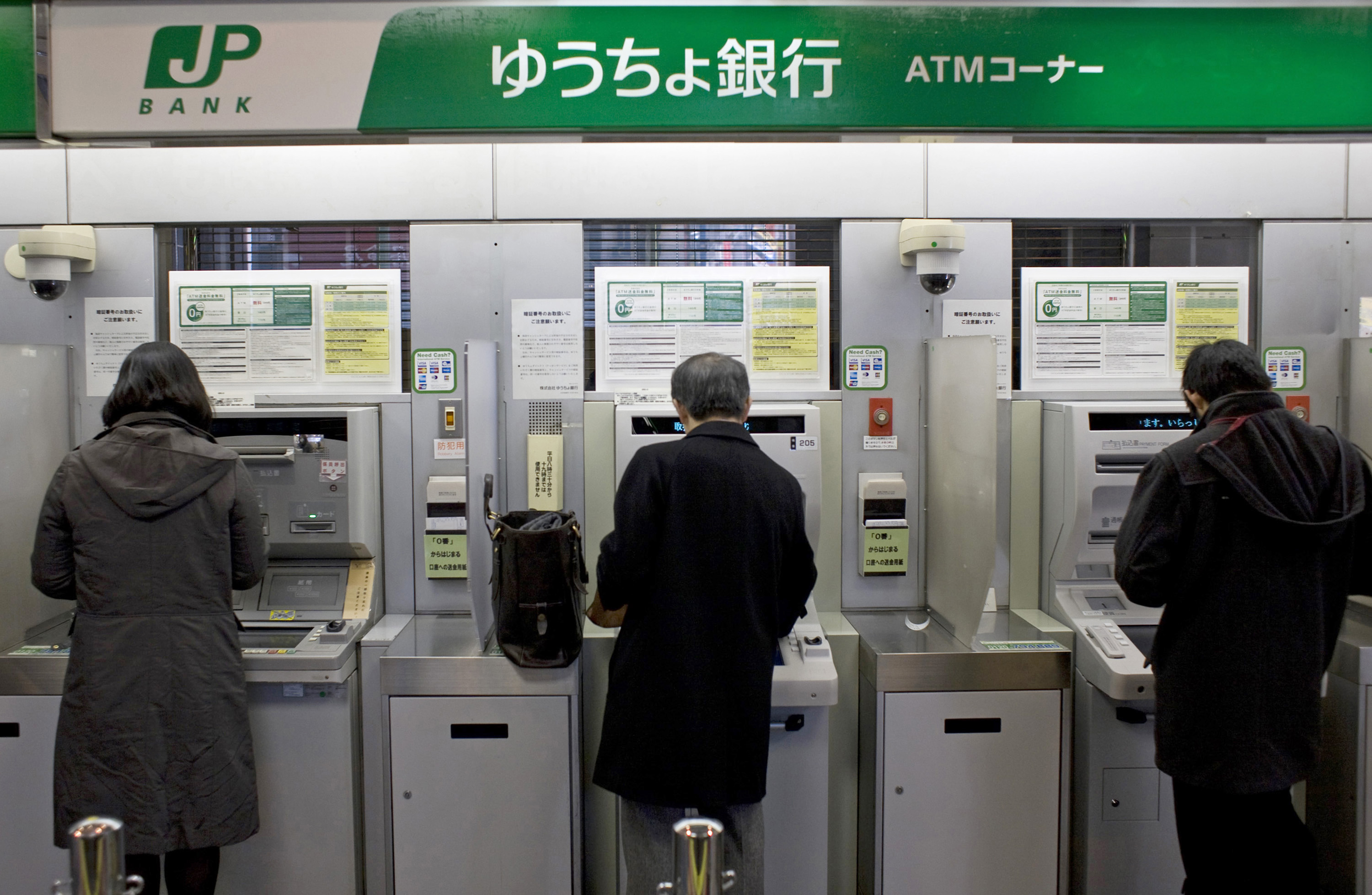During a recent trip to the United States, I was in a car with a friend when she received a phone call from her bank, which asked if she had used her debit card that day to make purchases at a certain store. She said she hadn't, indicating someone had hacked into her account. By the time we reached our destination, she had managed to clear up most of the problem. It wasn't the first time it had happened to her.
The speed of the bank's response could be a reflection of the level of sophistication of cybercrime in America, but it's surely a function of the primacy of card usage there. In Japan, credit cards are ubiquitous but not used as often by consumers, who still prefer cash, which indirectly explains why it was so easy for thieves to steal more than ¥2 billion from ATMs during a three-hour period last month.
According to the June 7 issue of Shukan Economist, the May 15 operation hit 1,400 ATMs in 17 prefectures for a total of 21,000 separate cash withdrawals. Hundreds of people known as dashiko (literally, "taking out children"), each using 16 counterfeit cash cards, made an average of 13 withdrawals with each card. The maximum ATM limit is ¥100,000 per withdrawal — the highest in the world, by the way — so each card collected ¥1.3 million for an estimated total of ¥20.8 million per dashiko.


















With your current subscription plan you can comment on stories. However, before writing your first comment, please create a display name in the Profile section of your subscriber account page.